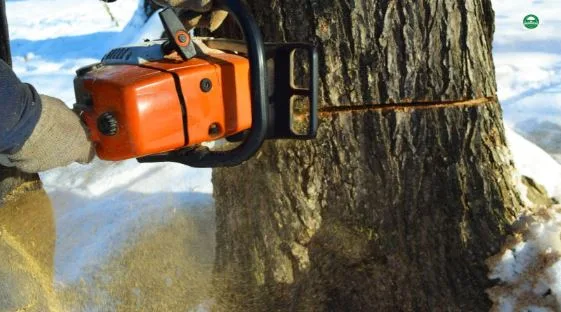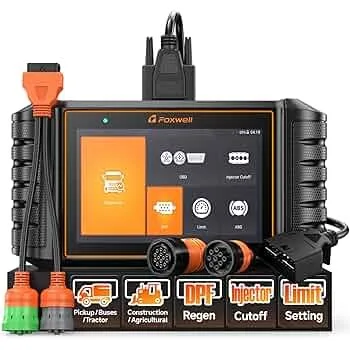The Evolving Landscape of Executive Protection Services in 2025
This year, 2025, is needed for more safety for big people. Why? Because there are more dangers now. People with bad ideas try to hurt executives. They use computers to be mean. Or try to grab them places. It’s scary for executives. They travel a lot for work. Some places are not friendly. The safety men must be smarter.
More companies hire safety teams. It costs a lot of money but is necessary. The executive works well if scared. Safety helps them do their job. It’s a big need now.
The risks are higher than ever. Safety teams must watch back. Check internet dangers. Protect the executive’s car and house. Make sure the food is not poisoned. Executives feel better with protection. It lets them focus on work. Safety is the first thing now. More than before.
What Are Executive Protection Services?
Executive protection is like a safety shield for executives. It’s the people who protect the important person. They do many jobs. They drive the executive’s car carefully. Walk with the executive to places. Checks rooms before the executive enters. Look at the people around the executive. Make sure nobody suspicious comes close.
They plan the executive’s day for safety. They choose safe routes for travel. They stay alert all the time. Watch for strange things. Ready to act fast if there is a problem. They carried things to help. Like first aid kits. Radios to call for help. Sometimes more things. But always for the executive’s safety.
It’s not just a strong body. It’s smart thinking, too. Safety men know how to talk nicely. Calm the executive if scared. They understand different cultures. If the executive travels far. They know the laws of places. How to get help fast. They protect the executive’s family, too. Take them to safe places. They work long hours sometimes. They learn about the executive’s habits. What does the executive like? Where the executive often goes. To protect better. Good teams make an executive’s life smooth. Fewer worries about dangers.
Technology Integration in Executive Protection
Tech stuff helps safety big time now. Safety teams use cool gadgets. Like cameras on drones. Sees faraway places. Check if the area is safe before the executive comes. Or special apps on phones. Shows maps with danger zones. Alerts if something is wrong nearby.
They use smart cars sometimes. Cars with strong doors. Windows don’t break easily. GPS tells the safest roads. Tech makes watching easier. Records if a stranger comes. Alarms ring loudly if there is a problem. Safety men get messages fast. They can act quickly. Tech is like extra eyes.
Challenges Facing Executive Protection in 2025
Keeping the executive safe is harder now. Bad people use computers well. Hacks into the executive’s phone, maybe. Finds secret schedules. Safety teams must learn cyber stuff. Hard to keep up. Bad guys have new weapons, too. It is small and hides easily. Hard to find with scanners.
Crowded places are tricky. Many people, hard to watch. Bad guys can blend in. Safety men’s eyes get tired. The executive travels to wild places sometimes. No good hospitals nearby. If there is an accident, help is far away. The weather can be bad. Flights cancel. Stuck in an unsafe place. It’s a lot of stress.
Rules are different in different countries. What safety measures can be taken here, but not allowed there? Hard to protect the same way. Some places hate foreigners. My executive is not welcome. The safety team must be careful. Drones are not allowed everywhere.
Tech tools are banned in some places. Fake news spreads fast online. Maybe it makes people angry at their executive. Safety must watch for that. Good safety costs lots of money. The executive might not want to pay. Finding good people is hard. Training takes a long time. Tiredness is a big problem. Long hours, always alert. Mistakes can happen. It’s a big challenge for sure.
Future of Executive Protection
Safety for executives is gonna change more. Tech gets even smarter. Maybe robots help watch. Or flying cameras are smaller. See everything better. AI computers think fast. Predicts dangers before they happen. Tell the safety team early.
The executive might have tiny trackers. Hides in clothes. Always shows where the executive is. Safe houses get stronger. Like forts. Bad guys can’t get in. Safety teams learn new skills. Like fixing tech fast. Or speaking more languages. They work with the police better. Share info quickly. Protection becomes smoother. The executive always feels safe.
- AI and Technology Integration
AI improves executive protection. It enables faster security. AI surveillance monitors locations. It identifies threats immediately. Facial recognition ensures access. Biometric tools verify identities. Predictive analytics assess risks. They use social media and reports.
AI tracks movements. It optimizes travel routes. IoT wearables track vitals. They detect stress and send alerts. Drones improve situational awareness. AI dashboards centralize data. They provide a clear overview. Automation reduces error. AI learning enhances protocols. Technology creates a reliable system.
- Global Threat Intelligence and Response
Global threat intelligence protects executives. It gathers real-time data from security sources. AI and big data analytics identify emerging threats. These threats include political unrest, cyberattacks, and crime. Intelligence comes from media, reports, databases, and dark web monitoring. Geolocation tools track global events. They assess risks to executive safety. Threat platforms prioritize risks. They suggest countermeasures instantly.
Communication systems enable quick responses. They reroute travel and enhance security. Protection teams activate emergency protocols. International law enforcement collaboration improves threat assessments. Cybersecurity addresses both physical and digital threats. Continuous monitoring adapts security strategies. Global threat intelligence makes protection proactive. It ensures safety in an unpredictable world.
- Modernized Travel Routes
Travel routes adjust in real time. Wearable devices monitor health and send alerts. Protection agents coordinate with AI systems. They ensure quick responses to threats. Regular updates prepare teams for scenarios. Proactive security blends comfort and protection. Executives can operate confidently in any environment.
Maybe more lady safety, men, maybe. Or young people are good with tech. Teams mix skills better. Training uses virtual games. Practice dangerous scenes safely. The executive learns safety things too. What to do if there is a problem.
Cooperation is key. Travel gets safer. Special cars or planes. Maybe tunnels for executives. Companies hire safety teams. For all big executives. Costs might go down with tech. But I always need a human watch. Trust and quick thinking. The future looks busy. More dangers, but more tools. The goal is the same: executive safety always. Everywhere they go. It’s a big job forever.




